Choosing the perfect faucet can feel overwhelming, especially when deciding between polished nickel and polished chrome. You’re weighing looks, durability, maintenance, and cost, while picturing how the finish will shape your space. It’s more than picking a shiny metal—it’s about finding a fixture that fits your design, handles daily use, and stays within budget.
This guide clears up confusion, debunks misconceptions, and gives you the insights to choose your ideal faucet finish with confidence.
Table of Content
Understanding the Basics: How Faucet Finishes Are Made
Before exploring polished nickel and polished chrome, it’s important to know how manufacturers create these finishes. Both achieve their shine through electroplating.
how it generally works
- The Foundation: Most high-quality faucets use a solid brass base, valued for its natural resistance to rust and corrosion.
- Preparation: Manufacturers clean the brass carefully to remove dirt and grease, ensuring proper plating adhesion.
- Plating: The faucet is immersed in an electroplating bath, where an electric current deposits nickel or chromium evenly onto the surface.
- Polishing: Finally, the faucet is polished to create its smooth, reflective, and shiny finish.
Why Plating Quality Matters
You might wonder, “Does the plating process really make a difference?” Absolutely! The quality of the electroplating directly impacts the faucet’s durability, appearance, and longevity.
- Thickness: Plating thickness is crucial. At 0.0005–0.0015 inches, even slight changes affect durability. Too thin risks rust or cracking; too thick can peel.
- Adhesion: The plating must bond firmly to the base. Poor preparation or control causes peeling or flaking.
- Quality Control: Top manufacturers run strict tests, like the acetic acid salt spray test. A Level 9 rating for 24 hours is qualified, while Level 10 ensures long-lasting shine and protection.
Polished Nickel vs. Polished Chrome: A Head-to-Head Comparison
Now, let’s get into the core differences between these two popular faucet finishes.
Aesthetics: The Look and Feel
This is often the first thing people notice, and it’s where polished nickel and polished chrome truly diverge.
- Polished Nickel (PN):
- Warm & Subtle: I find polished nickel has a warm, soft, silvery appearance with subtle yellow or even slightly golden undertones. It offers a deeper, more mellow luster compared to chrome.
- Dynamic: Its appearance can subtly change depending on the lighting in your space, adding a touch of luxury and character.
- Timeless Appeal: Polished nickel offers a classic, sophisticated look, popular in traditional and transitional spaces, yet striking in contemporary homes. It has been used since the Victorian era.
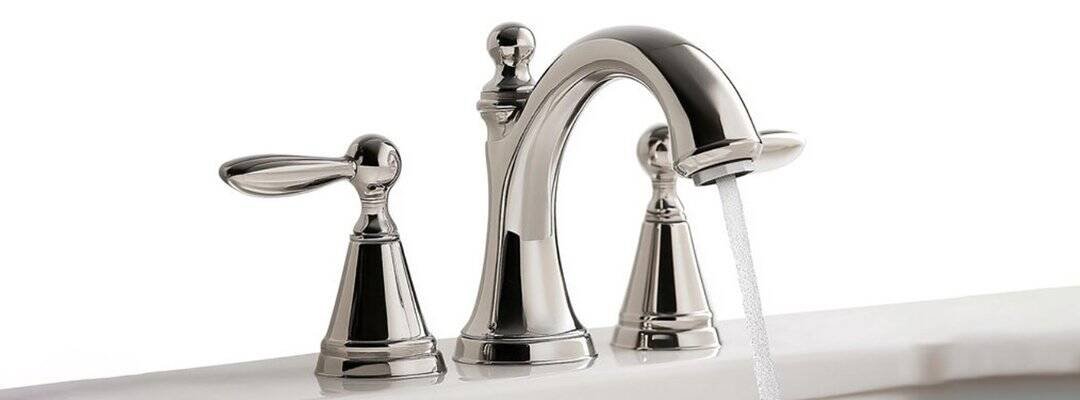
- Polished Chrome (PC):
- Cool & Bright: Polished chrome, on the other hand, is known for its cool, bright, and highly reflective, mirror-like shine. 1 It often has a slight blue tint.
- Modern & Sleek: It provides a clean, modern, and contemporary look that can brighten any space.
- Ubiquitous: Chrome has long been a common choice, making it easy to match other products, though some find it lacks distinct design appeal.
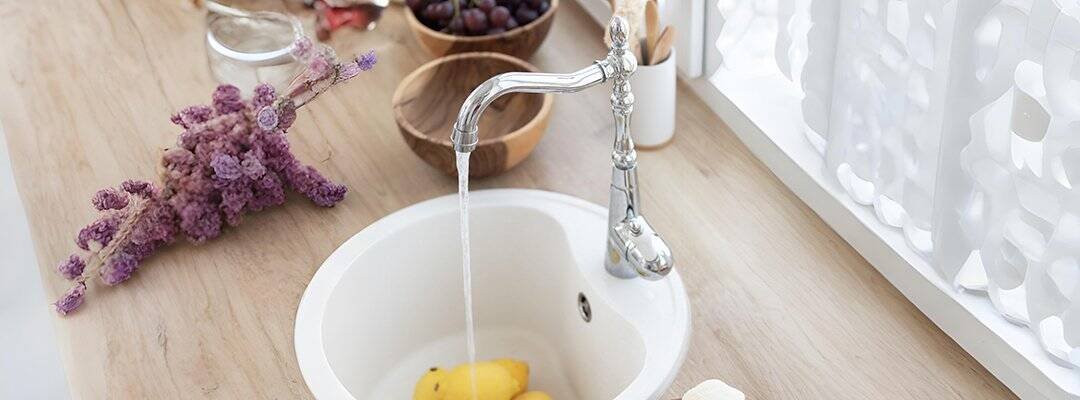
Durability & Longevity: Unpacking the Nuances
This is where you’ll find some conflicting information online, so let’s clarify. “Durability” can mean different things, and both finishes excel in different aspects.
- Polished Nickel:
- Physical Toughness: Polished nickel resists scratches and cracking, and with care, can last generations.
- Repairable: Minor scratches can be smoothed with wet sandpaper, and patina can be removed with water and vinegar to restore its original shine.
- Patina Explained: Patina occurs when metal oxidizes or changes color over time, adding character. It can also be induced with chemicals for a desired look.
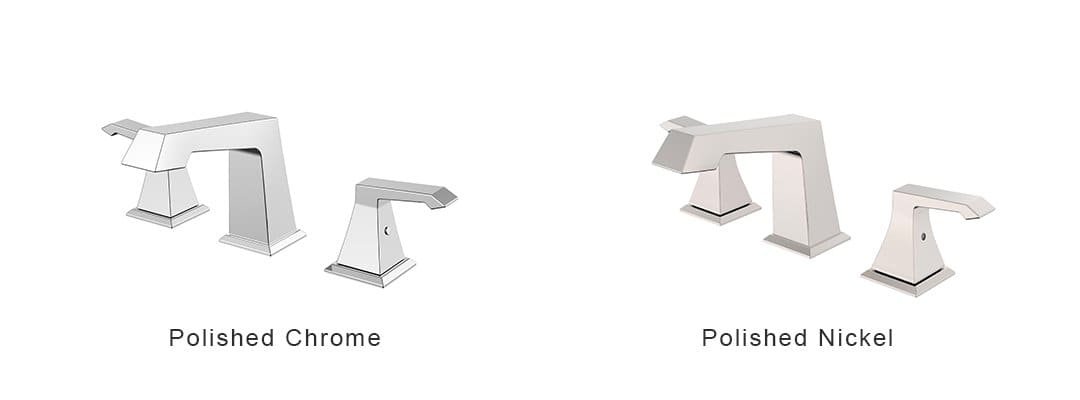
- Polished Chrome:
- Chemical Resistance: Polished chrome is highly durable and resists corrosion and tarnishing, keeping its shine for years with minimal effort.
- Prone to Scratches: Chrome shows scratches more easily, and damage is hard to repair. Cracks can lead to rust, and scratches generally cannot be sanded out.
Maintenance & Upkeep: What to Expect
Your lifestyle and willingness to clean will play a big role here.
- Polished Nickel:
- Fewer Fingerprints: Polished nickel shows fingerprints and smudges less than chrome, so it needs less frequent cleaning.
- Tarnish Prevention: To keep its shine, polish regularly or use a water-and-vinegar (1:1) solution for deeper cleaning or patina removal.

- Polished Chrome:
- Fingerprint Magnet: Polished chrome easily shows fingerprints and smudges, requiring frequent cleaning.
- Easy to Clean: Chrome cleans easily with a quick wipe using a microfiber cloth and all-purpose cleaner. Avoid abrasives like steel wool to prevent scratches.
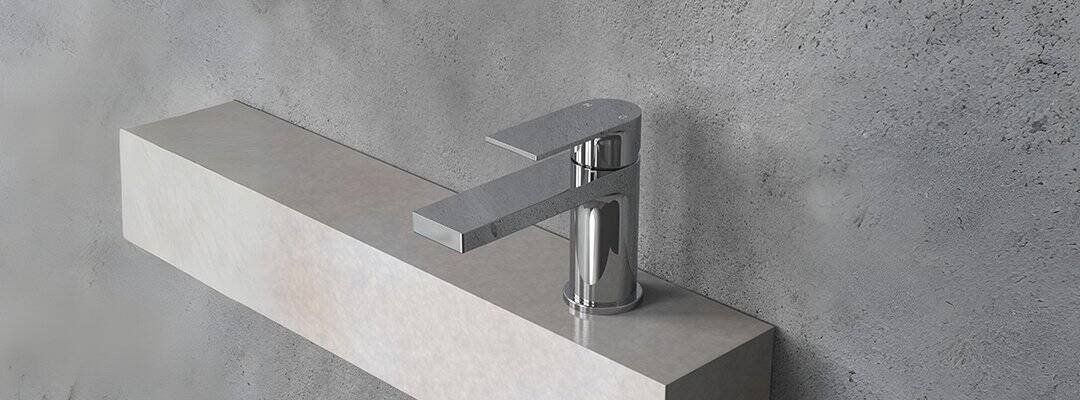
Cost Considerations: What’s Your Budget?
Price is often a deciding factor, and there’s a clear difference between these two finishes.
- Polished Nickel:
- Higher Price Tag: Polished nickel is generally more expensive than polished chrome. For example, I’ve seen average polished nickel faucets costing around $90.
- Complex Manufacturing: This higher cost often reflects its more complex manufacturing process and its luxurious, sophisticated appeal.
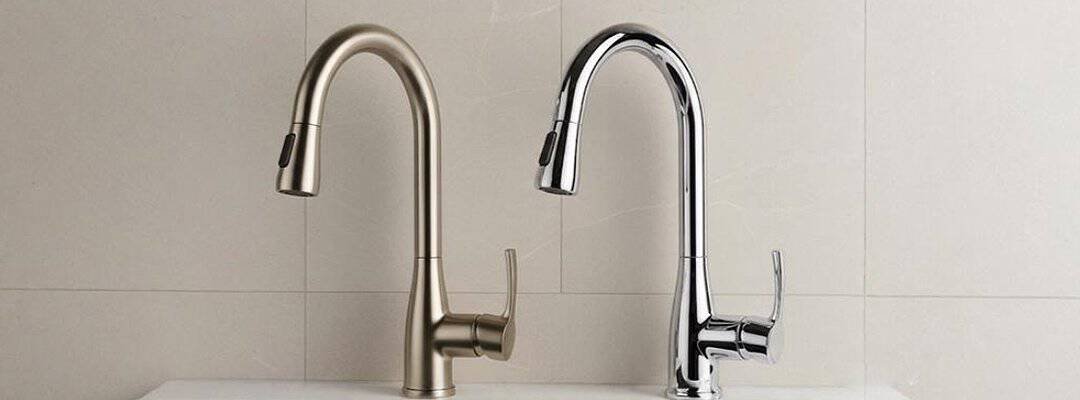
- Polished Chrome:
- More Affordable: Polished chrome is typically the more budget-friendly option. An average chrome faucet might cost closer to $60.
- Wider Availability: Its lower cost is partly due to its widespread availability and a generally simpler production process.
Design Versatility: Matching Your Style
Both finishes are versatile, but they each bring a distinct vibe to a space.
- Polished Nickel:
- Traditional & Transitional: Polished nickel pairs beautifully with traditional and transitional spaces, complementing warmer color palettes and natural materials like marble or wood.
- Sophisticated Warmth: It adds a sophisticated warmth that can elevate a classic design.
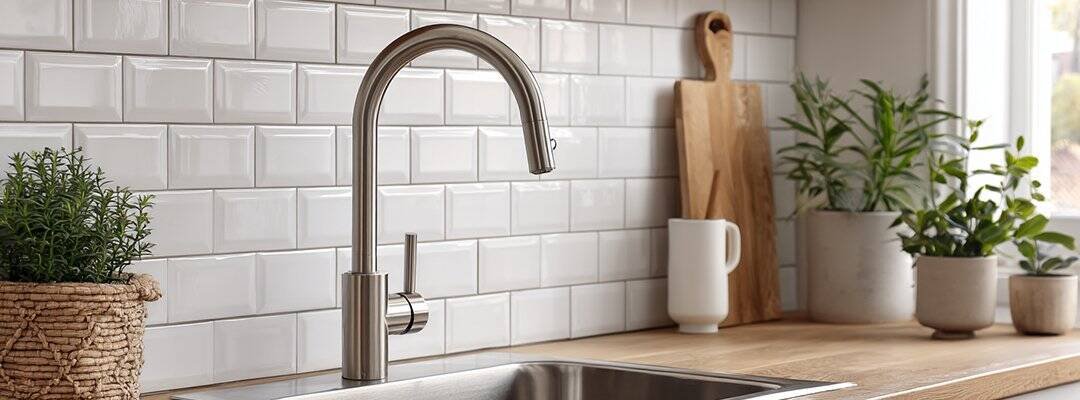
- Polished Chrome:
- Modern & Minimalist: Polished chrome’s cool tone makes it a perfect match for modern and minimalist designs, enhancing crisp lines and neutral tones often found in contemporary spaces.
- Clean & Bright: It brightens any space and contributes to a sleek, contemporary feel.
Mixing Metals: Can You Do It?
Mixing polished nickel and chrome sparks debate. Some warn against it, others encourage it for a layered look. My view: you can mix them, but do so intentionally.
- Why the Conflict?
The “don’t mix” advice often stems from a more traditional design philosophy that values uniformity. The subtle yet distinct undertones (yellowish in nickel, bluish in chrome) can clash when placed directly side-by-side. The “do mix” advice aligns with modern, eclectic design trends that embrace layering different textures and finishes for visual interest.
- How to Mix Successfully:
- Separate Zones: Use polished chrome in one distinct area (e.g., your kitchen faucet) and polished nickel in another (e.g., cabinet hardware in a nearby living space). This allows each finish to shine without direct competition.
- Intentional Contrast: If you place them closer, ensure the contrast is deliberate. For example, a polished chrome faucet on a cool-toned countertop might be paired with polished nickel light fixtures that are not directly adjacent.
- Visual Balance: Consider the overall balance of the room. If you have a lot of warm tones, a touch of cool chrome can provide a refreshing contrast, and vice versa.
Ultimately, mixing metals is a design choice. If you do it thoughtfully, you can achieve a sophisticated and personalized look.
Beyond the Shine: Important Considerations for Your Faucet Choice
Beyond aesthetics and basic maintenance, I believe there are other crucial factors you should consider when selecting a faucet, especially for your kitchen or bathroom.
Water Quality Impact
- Hard Water: Hard water can leave spots on both finishes, but chrome shows them more, while polished nickel’s softer sheen hides them better. Regular wiping after use prevents stains.
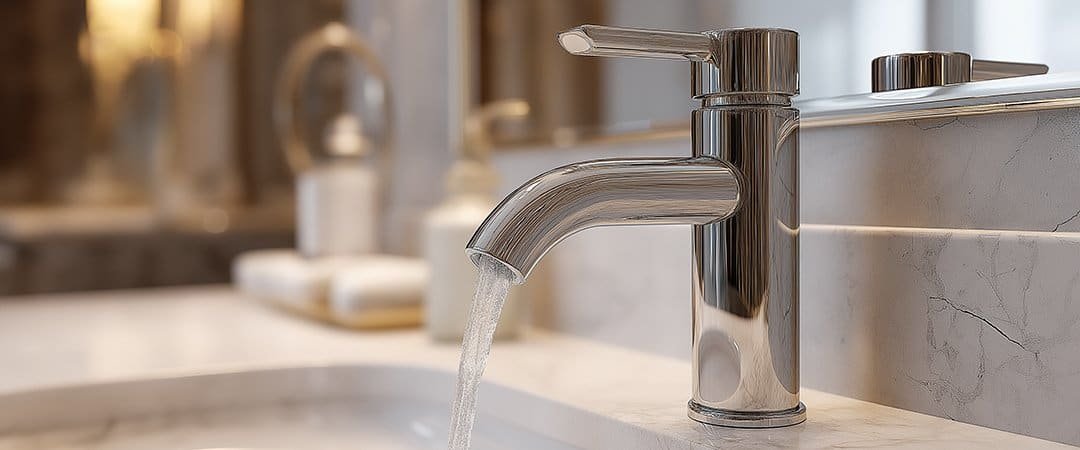
Certifications You Should Look For
When you’re investing in a new faucet, especially for drinking water, look for specific certifications that ensure safety and efficiency.
- NSF/ANSI/CAN 61: Lead-Free Compliance
- What it is: This certification ensures faucets don’t leach unsafe lead or contaminants into water.
- Why it matters: Even low-level lead exposure can harm children.
- What to look for: Since Jan 1, 2024, look for NSF/ANSI/CAN 61: Q ≤ 1 on faucets. This new standard is five times stricter than before.
- Learn More: Visit the NSF International website» for details.
- WaterSense: Water Efficiency
- What it is: The EPA’s WaterSense program highlights high-performing, water-efficient products.
- Why it matters: WaterSense faucets use ≤1.5 GPM, cutting flow by 30%+ without sacrificing performance, saving water and energy.
- Savings: Replacing old faucets can save an average family 700 gallons per year; nationwide, nearly $1.6 billion annually.
- Learn More: Visit the EPA WaterSense website» for details.
Installation & Compatibility
While not directly related to the finish, consider the ease of installation and compatibility with your existing plumbing. Most modern faucets are designed for straightforward installation, but checking the specifications against your current setup can save you headaches.

Warranty Information
Always check the manufacturer’s warranty. A reputable brand will stand behind its products, offering warranties that cover defects in material and workmanship for a significant period. This gives you peace of mind about your investment.
Making Your Final Faucet Decision
The best faucet finish depends on your style, needs, and budget.
- Choose Polished Nickel if:
- You want warmth and a classic, sophisticated look.
- You appreciate a finish that ages gracefully and can be polished to restore shine.
- You prioritize durability and repairability for long-term use.
- Your budget allows a higher initial investment for a luxurious, lasting fixture.
- Choose Polished Chrome if:
- You prefer a sleek, modern, minimalist look.
- You want high resistance to tarnish and corrosion with minimal chemical maintenance.
- You don’t mind frequent wiping for a pristine appearance.
- You’re working with a tighter budget while keeping style and performance.
Both finishes are beautiful and durable. By weighing aesthetics, durability, maintenance, cost, and certifications, you can confidently select the faucet that completes your space for years to come.

